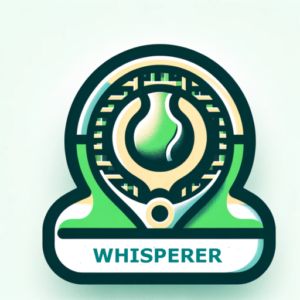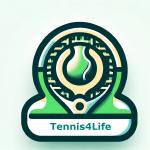Why Life Skills Matter More Than Rankings
Why Life Skills Matter More Than Rankings
Tennis holds a unique position in the youth sports landscape. By tradition, it has been a sport of prodigies — children picking up a racket at age 5 or 6, enrolling in academies by 10, and grinding through junior circuits year-round. This culture places tennis at the very heart of the specialization debate: When is the right time to focus solely on one sport?
The reality is that the pursuit of early mastery often comes at a steep cost.
-
A study of 530 high-level junior players found that 70% had specialized in tennis by age 10, and this group was 1.5 times more likely to suffer injuries. (Read more: Breaking Injury Cycle)
-
Early specialization raises the risks of burnout, overuse injuries, and limited problem-solving skills.
-
While tennis demands technical excellence, committing too soon often means paying a long-term price in health and child development.
Why Building the Person Comes First
Before shaping a player, we must shape a resilient, adaptable, and balanced person. Childhood should be a time to:
-
Explore different sports and experiences.
-
Learn to cope with failure and bounce back.
-
Develop creativity, adaptability, and teamwork.
-
Enjoy unstructured free play that fosters imagination and problem-solving.
These qualities are not just the foundation for strong athletes — they are the foundation for strong people.
The Risks of Specializing Too Early
Burnout: Training and competing year-round from such a young age often turns tennis into an obligation rather than a passion. Many promising players lose their love for the sport before they reach adulthood.
Overuse injuries: Tennis stresses the same muscles and joints over and over, especially the shoulders, elbows, hips, and knees. Without the balance of other sports or movement patterns, young players face chronic injuries that can derail their progress.
Limited problem-solving skills: Children who play multiple sports learn different tactics, movement patterns, and mental approaches. Early specialists may become technically sound but lack the creativity and adaptability required to handle unpredictable situations in high-level tennis.
In short, while early specialization may produce a strong 10-year-old competitor, it rarely builds the foundation for a sustainable long-term career.
The Athlete Comes Second
When the person is strong, the athlete can thrive. By the mid-teens, players who have sampled multiple sports and life experiences bring unique strengths to the court:
-
Better movement and balance from diverse activities.
-
Lower injury risk thanks to a wider physical base.
-
Greater resilience when training demands increase.
At this stage, tennis specialization becomes more sustainable, and the athlete is better equipped to handle the volume of practice required for elite levels.
Wrap
Full specialization before age 12 is a gamble with high physical and emotional costs.
Instead, prioritize building the person first — resilient, adaptable, and balanced. Then build the athlete. This approach not only protects long-term health but also creates tennis players who can withstand the demands of the sport and carry life lessons far beyond the court.




